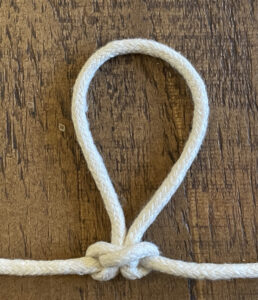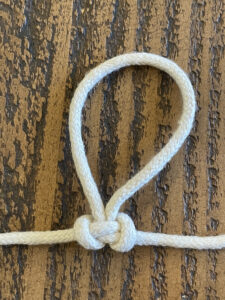 It came to my attention, when renting a small boat last year, that I didn’t really know much about anchors: how best to use them, how long the rode (the cable) should be, and so forth. The little dinghy I sailed in my youth had a mud-weight, but a proper anchor? No, I’d never really had to use one of those myself, certainly not in any situation where it might matter. This gap in my knowledge was brought to mind again today as we listened to the audiobook of We Didn’t Mean to Go To Sea. Connoisseurs of quality children’s literature will understand the relevance.
It came to my attention, when renting a small boat last year, that I didn’t really know much about anchors: how best to use them, how long the rode (the cable) should be, and so forth. The little dinghy I sailed in my youth had a mud-weight, but a proper anchor? No, I’d never really had to use one of those myself, certainly not in any situation where it might matter. This gap in my knowledge was brought to mind again today as we listened to the audiobook of We Didn’t Mean to Go To Sea. Connoisseurs of quality children’s literature will understand the relevance.
Now, the wonders of modern life allow you to find out all sorts of things in all sorts of situations, and so it was that, relaxing in the bath after a hard day’s domestic labour, my thoughts naturally turned to things aquatic. I had my trusty iPad to hand, and so was able to watch a range of YouTube videos from people in exotic parts of the world explaining the different kinds of anchor, how long the rode should be for a given depth of water, why it’s important that the bit that attaches to the anchor should be a chain even if the rest of it is rope, and so on. Time passed, and I became simultaneously cleaner, more relaxed, and better-educated.
Finally, feeling that the bathwater was getting a bit cool, and it was time to move to a different berth, and I was now equipped to handle most anchoring situations I was likely to encounter before bed, I sat up, reached for the plug-chain, and gave it a tug. It seemed to stick for a moment and then came free, and I wound it in, only to discover a situation for which none of my training had prepared me…
The plug had remained in the murky depths. There was nothing on the end of the dangling chain.


Recent Comments